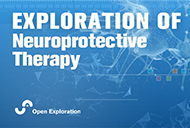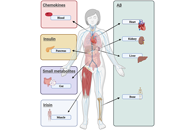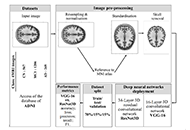3 results in Exploration of Neuroprotective Therapy
Latest
Sort by :
- Latest
- Most Viewed
- Most Downloaded
- Most Cited
Open Access
Review
Muscle fatigue and exercise-related biomarkers in amyotrophic lateral sclerosis
Francesca Bianchi ... Gabriele Siciliano
Published: June 30, 2023 Explor Neuroprot Ther. 2023;3:164–176

Open Access
Review
Looking at the periphery—new hypothesis to look for new targets for Alzheimer’s disease therapy
Jesús Avila ... Félix Hernández
Published: June 30, 2023 Explor Neuroprot Ther. 2023;3:151–163
This article belongs to the special issue The Urgent Need for New Hypotheses to Develop Effective Therapeutic Tools Against Alzheimer's Disease

Open Access
Original Article
Alzheimer’s disease detection from magnetic resonance imaging: a deep learning perspective
Karolina Armonaite ... Luigi Laura
Published: June 30, 2023 Explor Neuroprot Ther. 2023;3:139–150
This article belongs to the special issue The Urgent Need for New Hypotheses to Develop Effective Therapeutic Tools Against Alzheimer's Disease

Journal Information